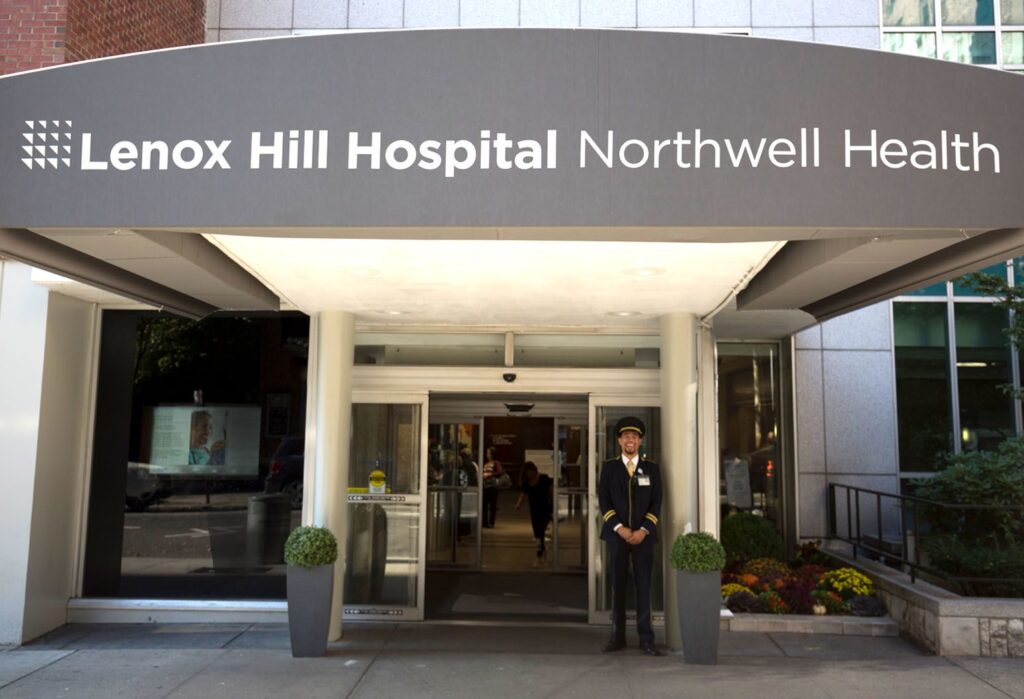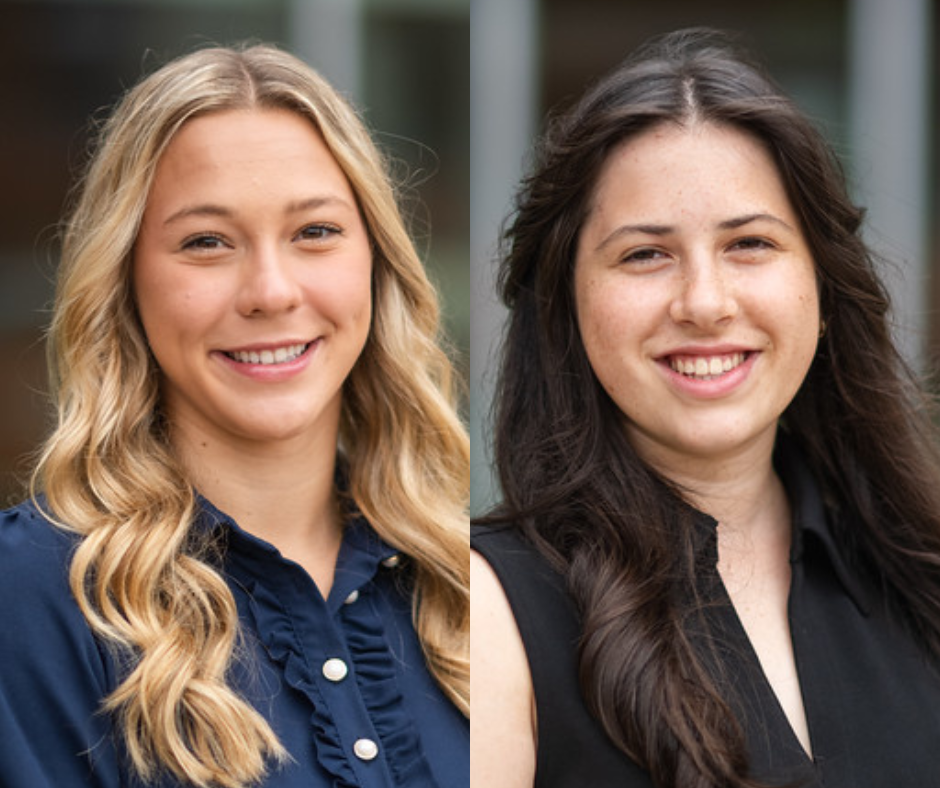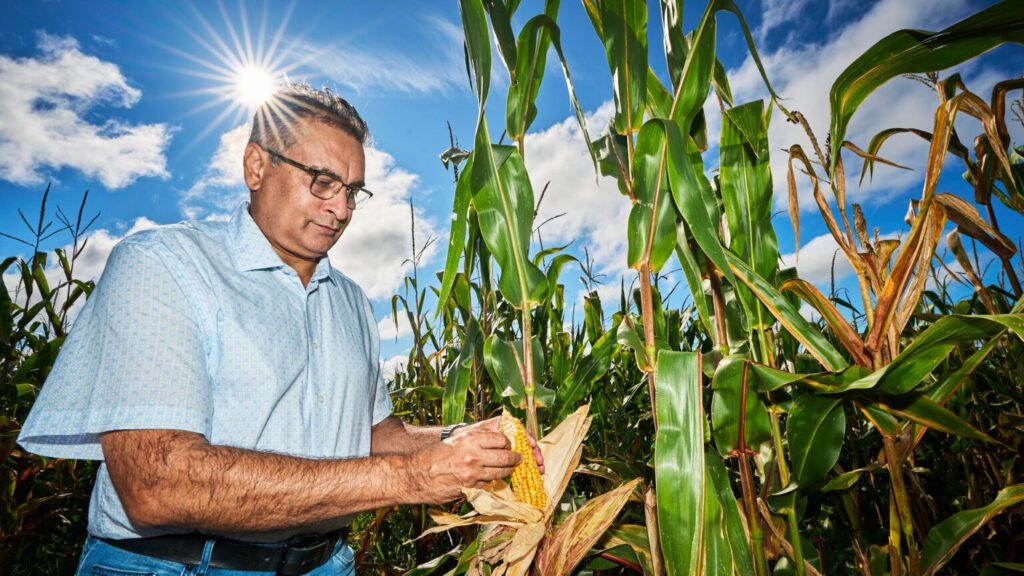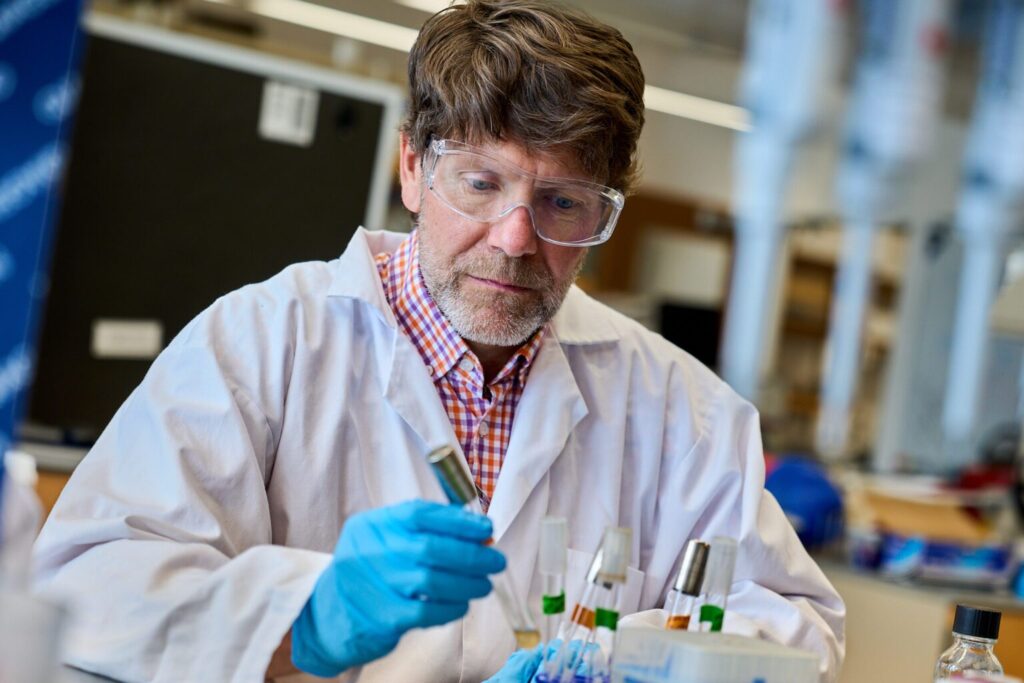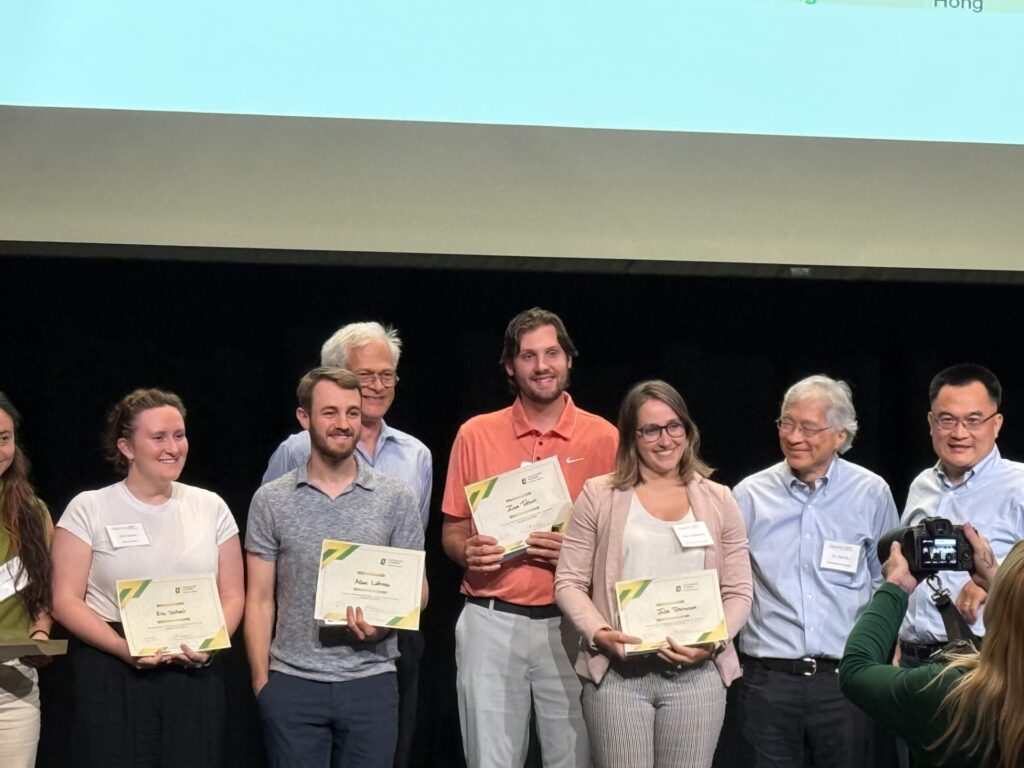
If you haven’t already, you’ll probably spot freshman biochemistry student Jackson Miller on the paint line at Clemson games, whether it’s on the jumbotron or even on ESPN. Jackson is passionate about all things Clemson, Disney, sports, family and his future dentistry career.
“Originally from the small town of Lake Wylie, SC located just outside of Charlotte, NC, I come from a small family of four that brings me constant joy and laughter. We are probably the biggest Disney fans on the face of Earth. This Christmas I will be making my 24th trip and I couldn’t be more excited since I will be there on Christmas day for the first time.”

Jackson attended a small private Christian school called Gaston Christian School with only 1,000 students from kindergarten through 12th grade. This small, tight-knight community is what led him to Clemson.
“That is what played a huge role in my college search. I wanted to find a college that gave me that same feeling as my school back home, family. Clemson was just that for me. As soon as I walked on campus, I could feel the love and family.”

Since being on campus for a few months, he has found everyone to be friendly and loves the people and connections made so far from in the Shoeboxes to Central Spirit, which is the club that Jackson has gotten most involved in.
“Central Spirit is such a great and tight community where we are constantly having fun. That being from yelling at games in hopes of helping our Tigers to victory or goofing off while at flag practice. The community has welcomed me so quickly and it has been such a blessing to have these people in my life.”

As an aspiring orthodontist, the biochemistry department seemed like a perfect fit for Jackson, providing the perfect blend of chemistry and biology. It is also a huge plus that our program is an excellent preparer for the DAT.
“I have met so many dentists and orthodontists telling me how it is a great program here at Clemson and a great way to be prepared for a dental school wherever I end up. The hope is to be able to help other kids like my sister feel more confident with their smiles and less scared of the people behind the mask at the dentist office.”

Now almost halfway through his first semester, Jackson is enjoying college life, getting involved in organizations and immersing himself in his studies.
“It is a true blessing to be at the school I wanted to be at more than anywhere else.”




